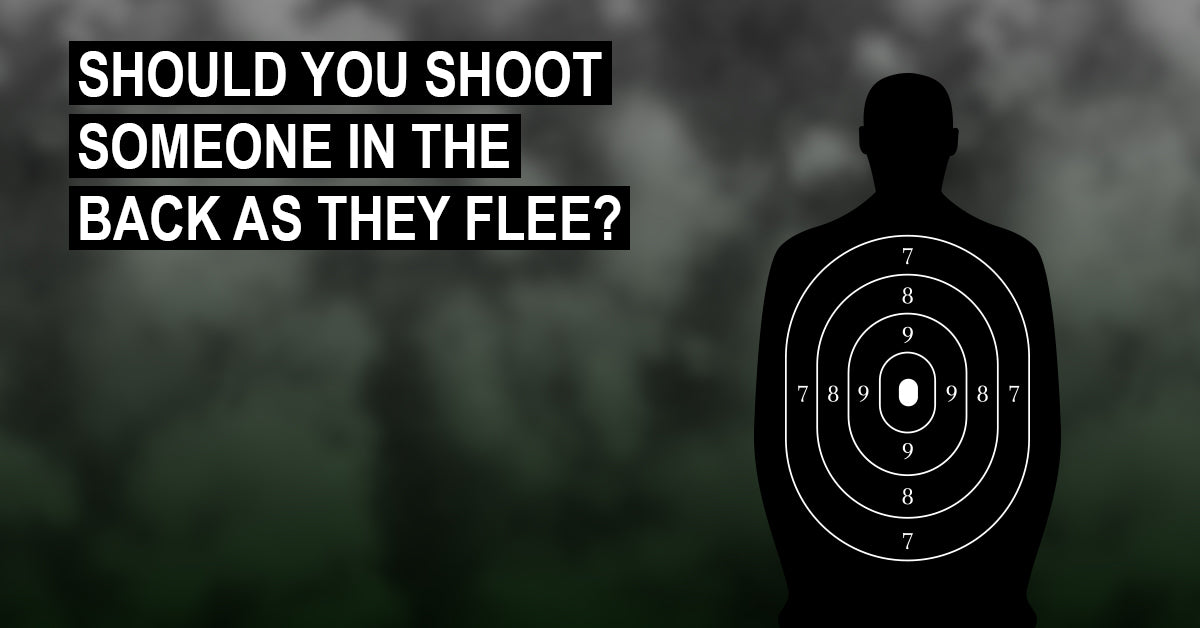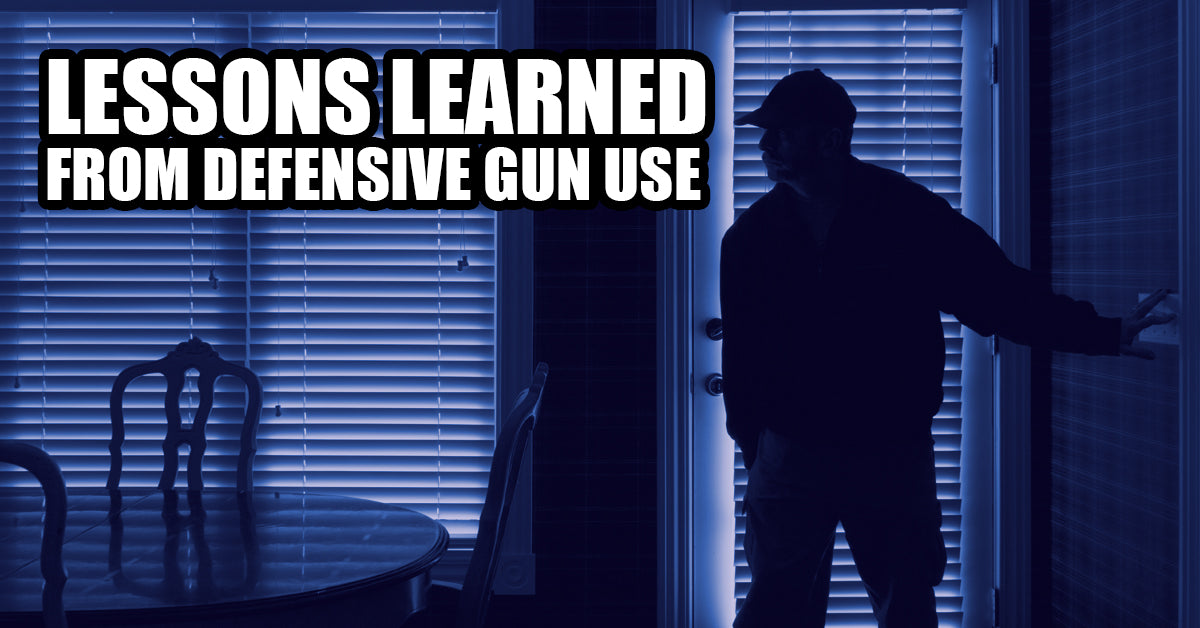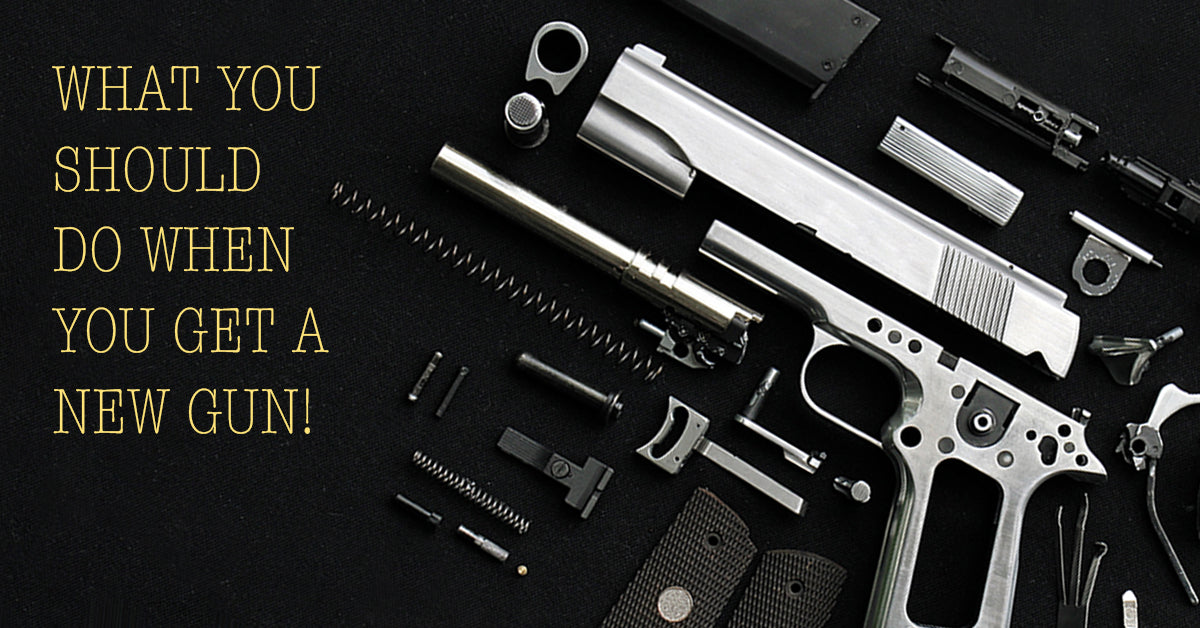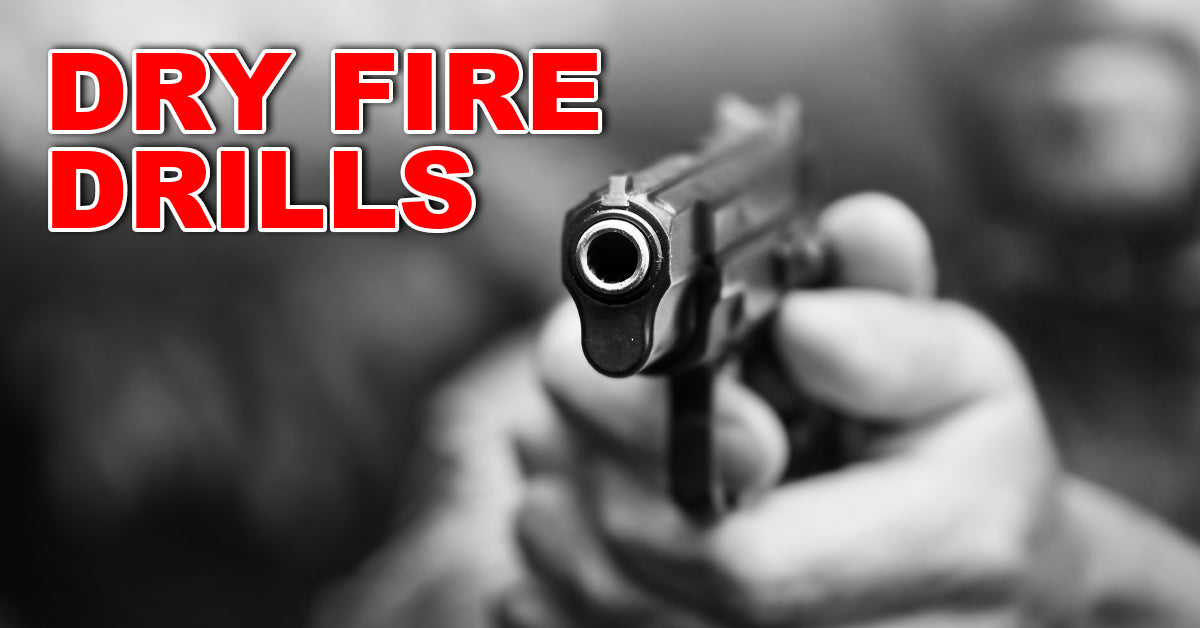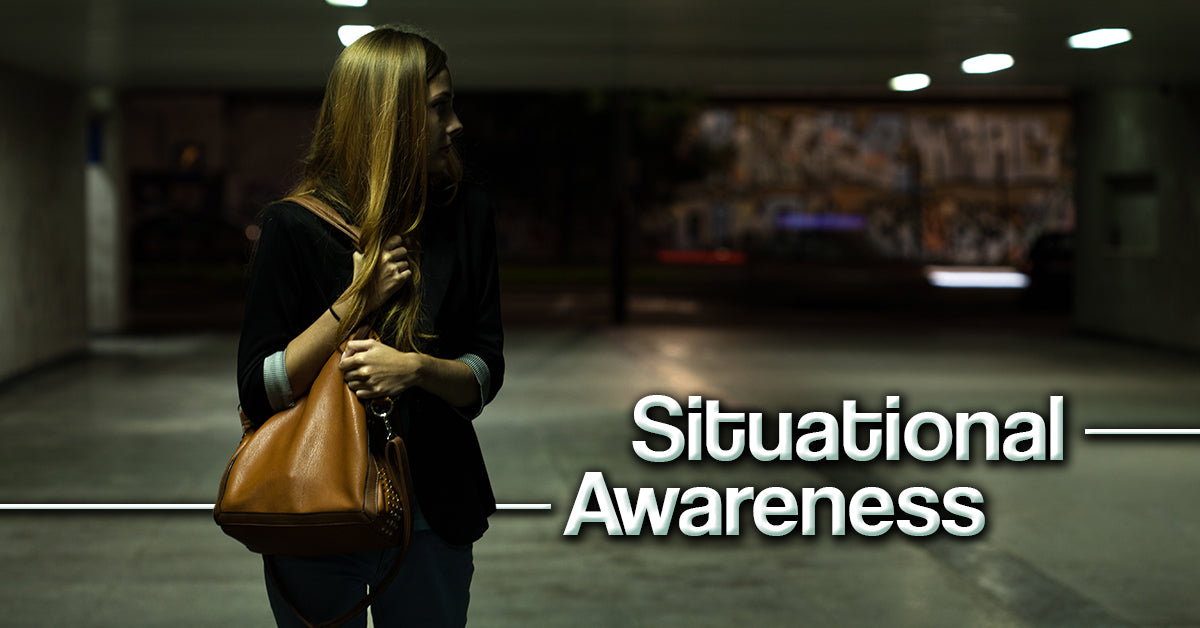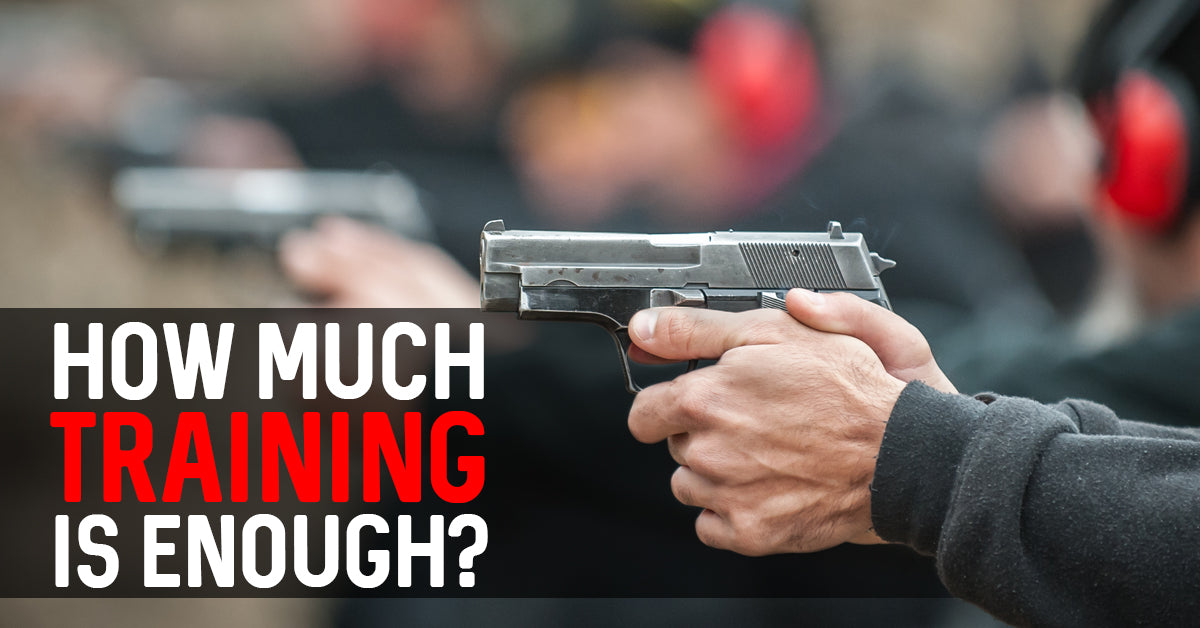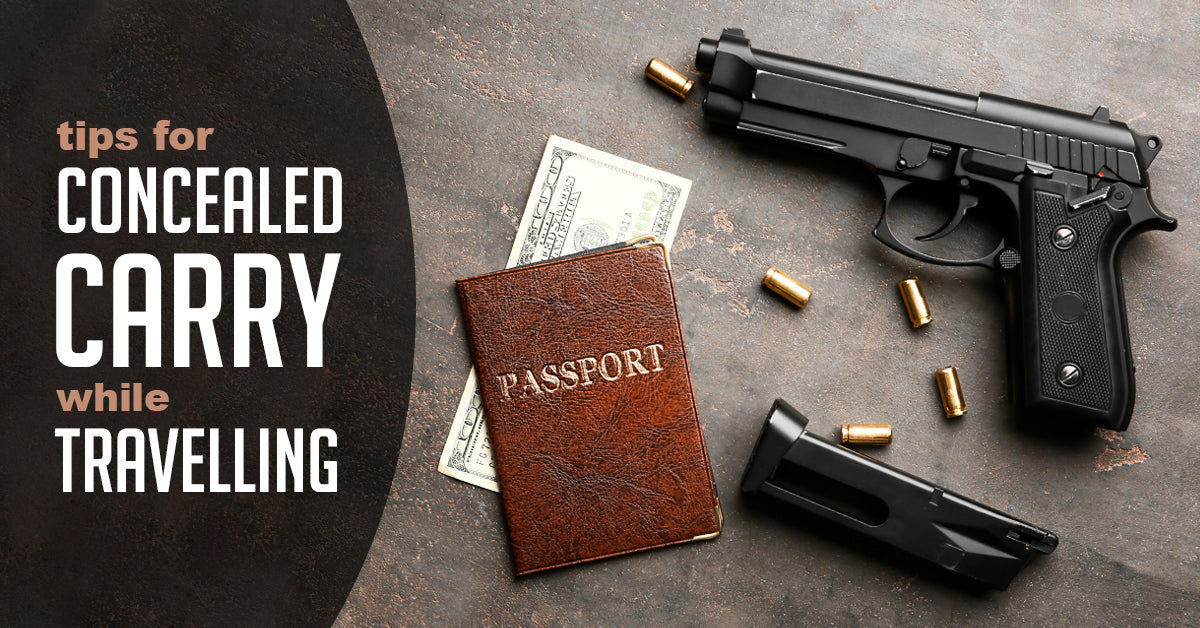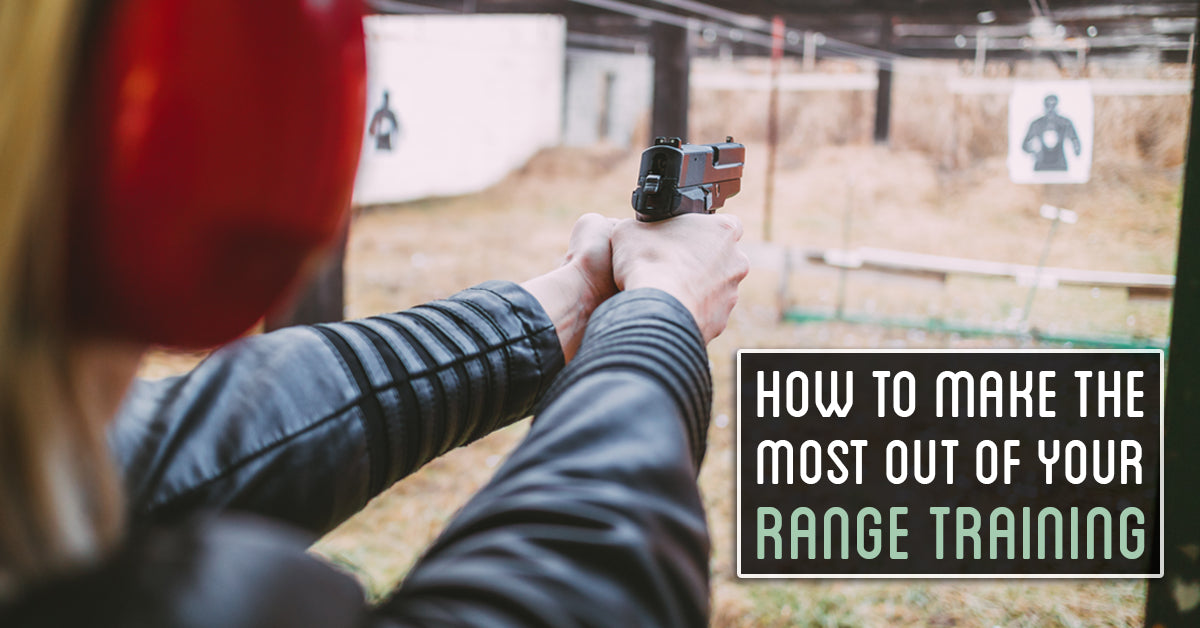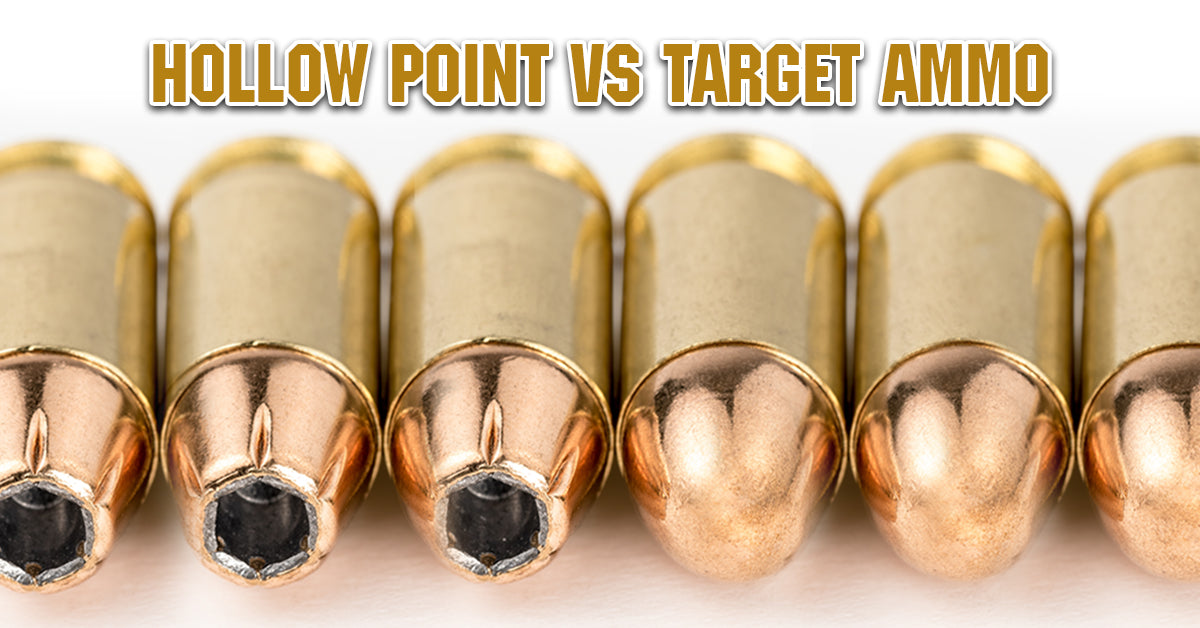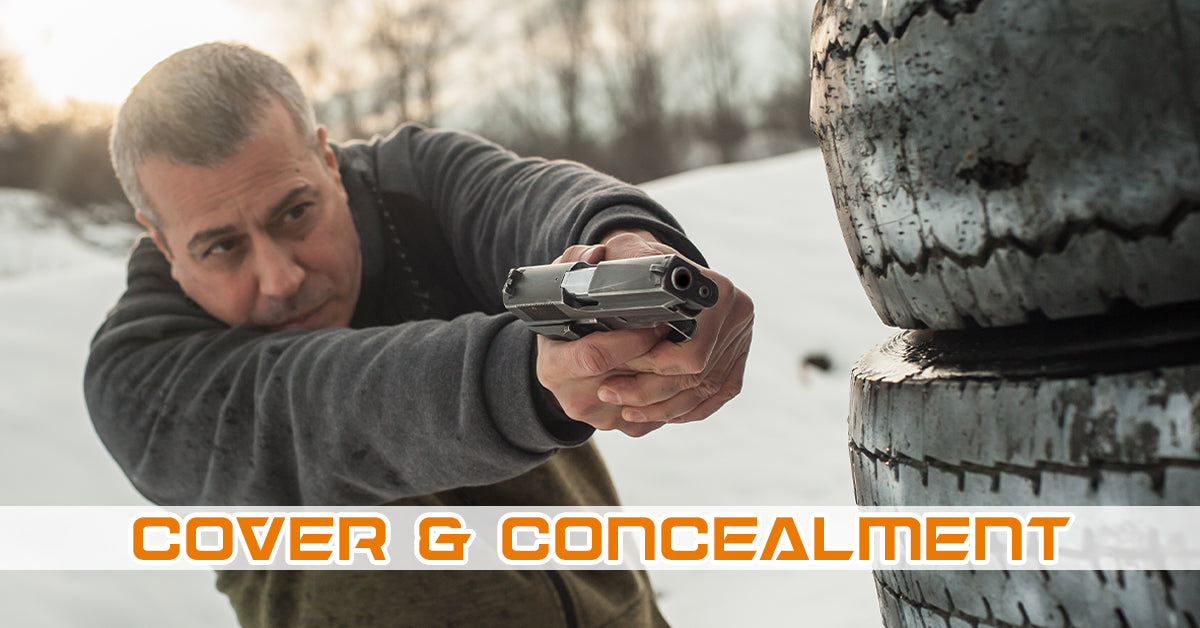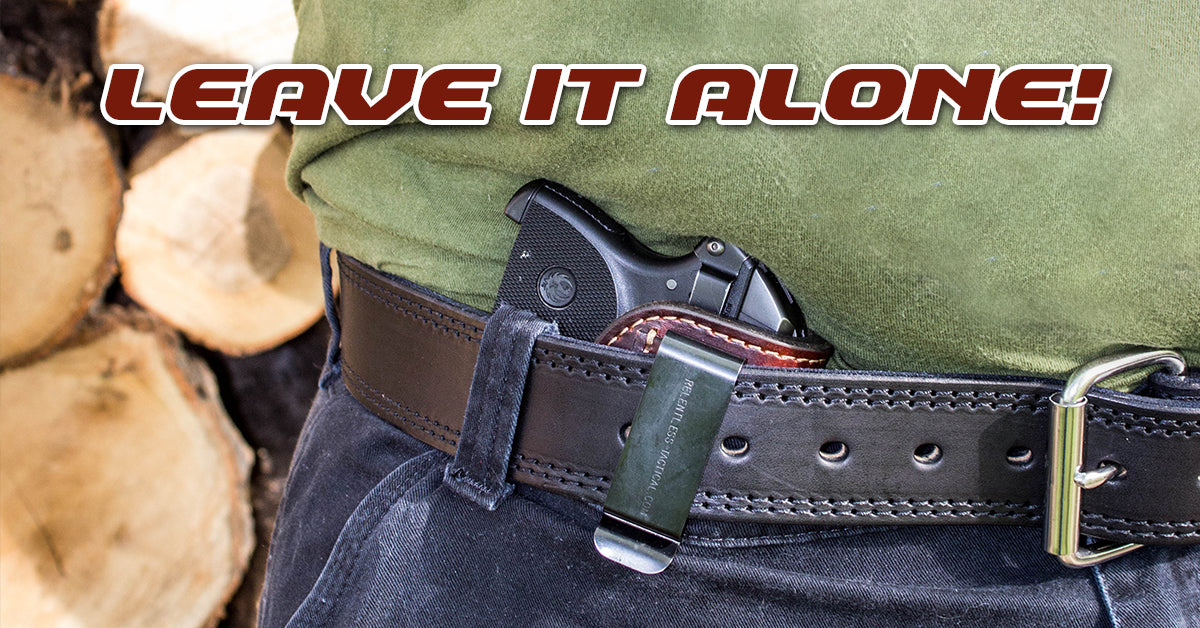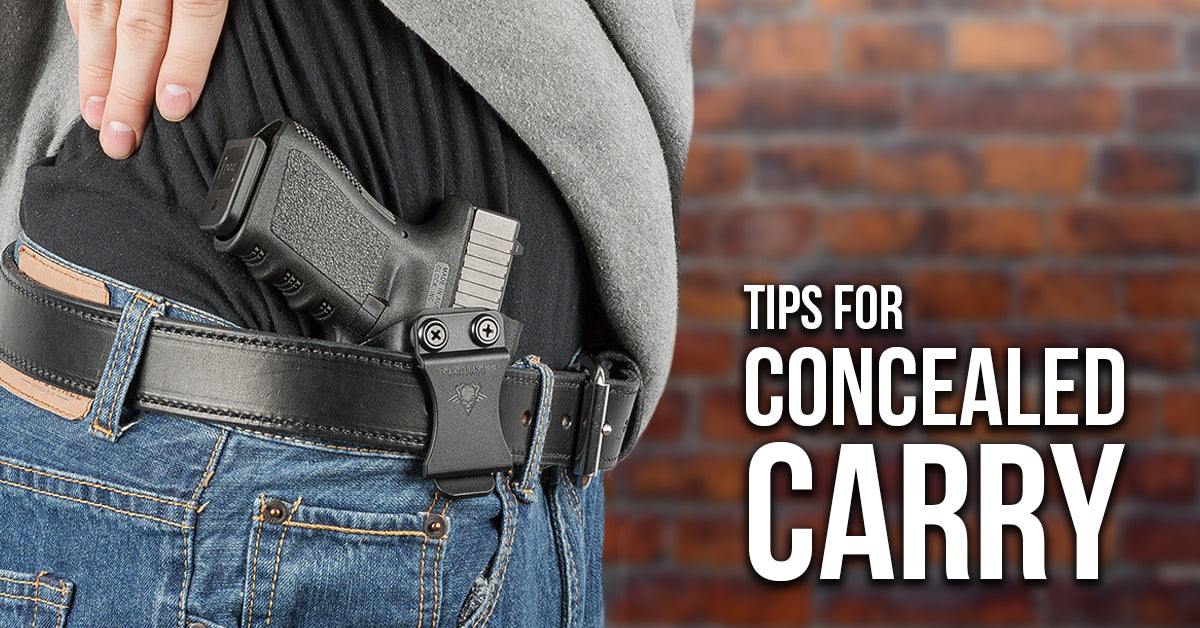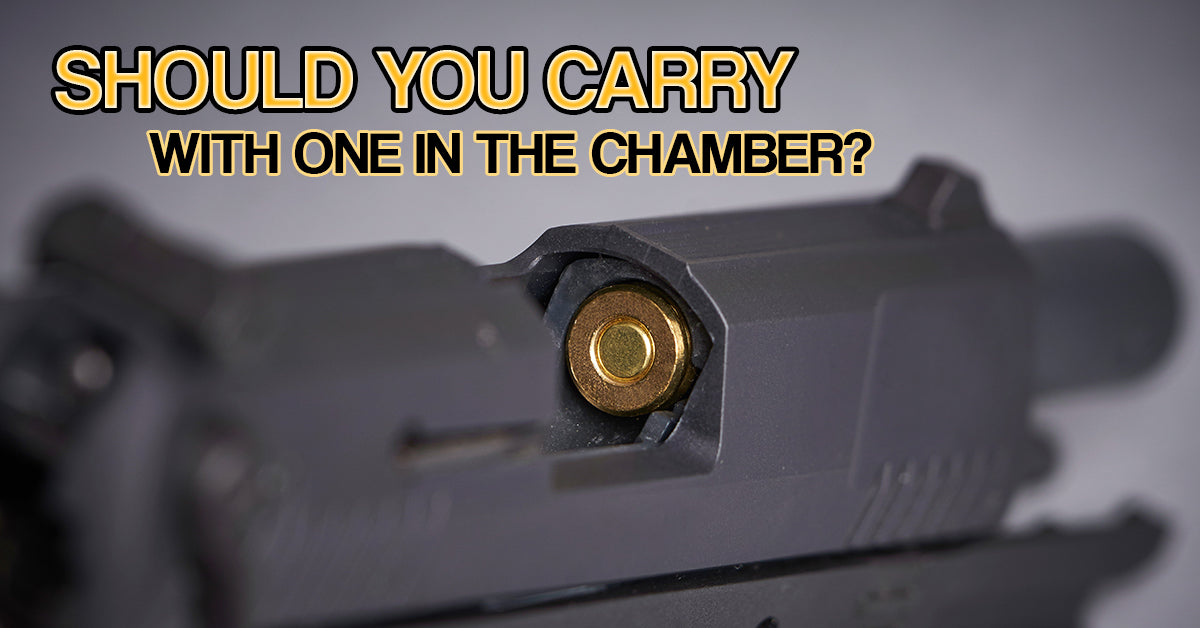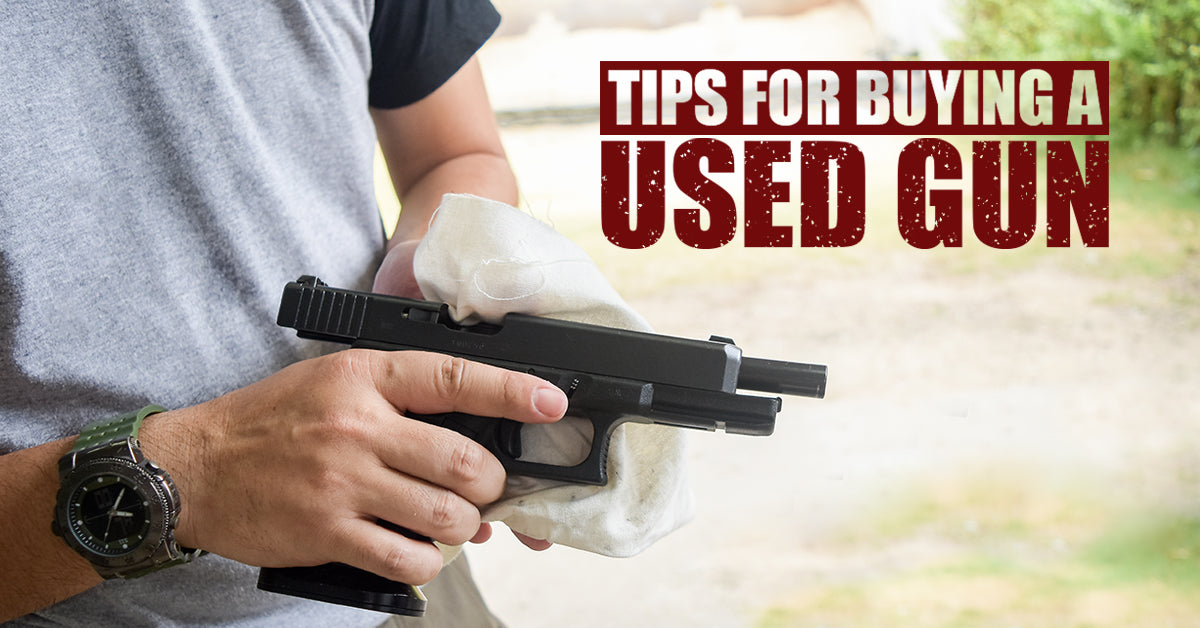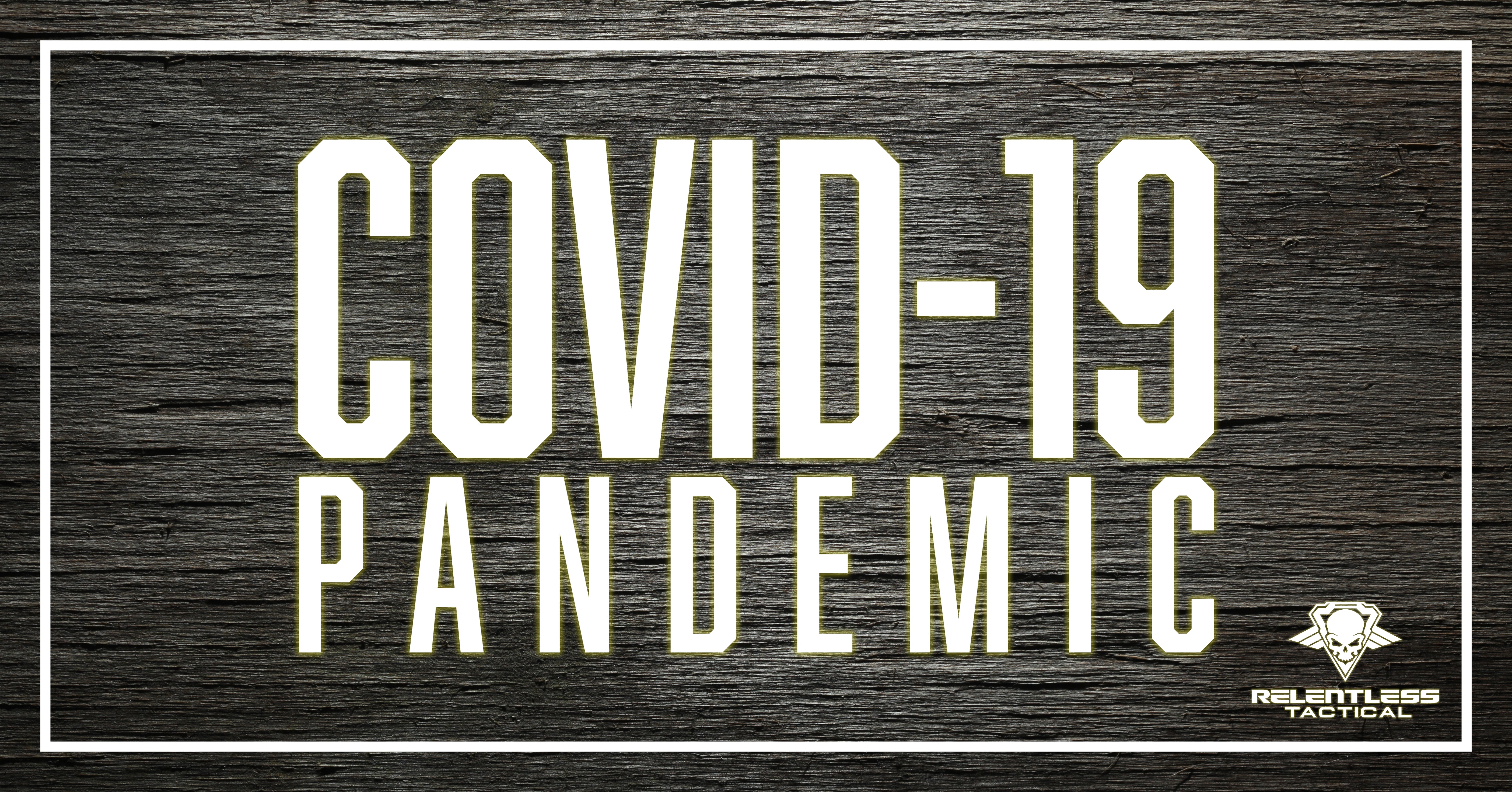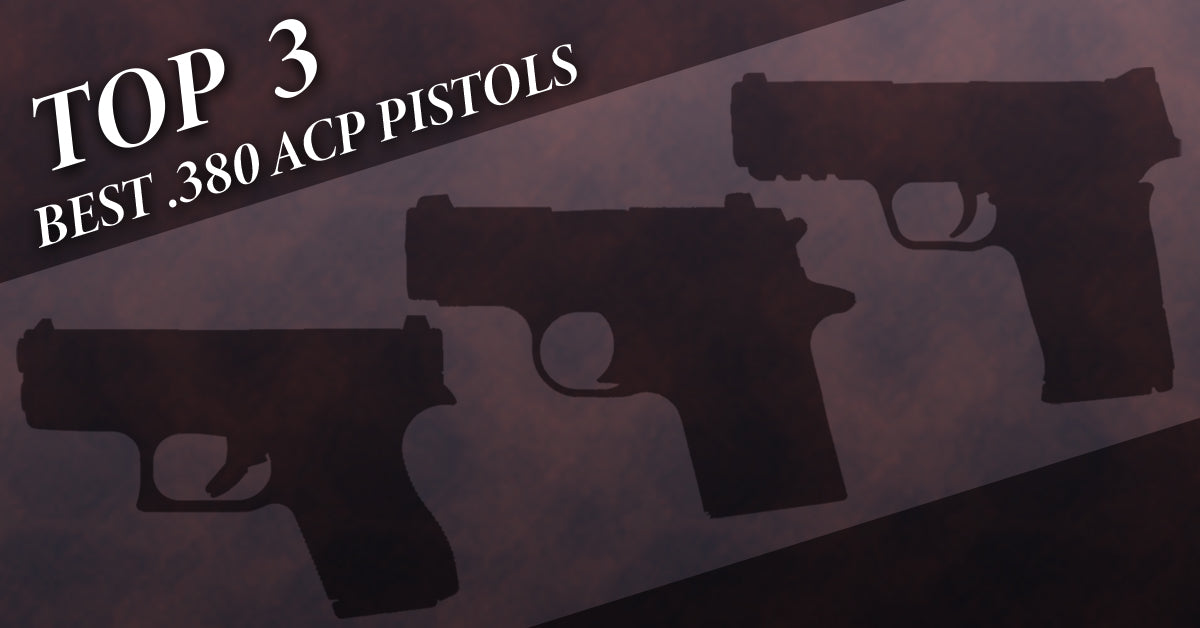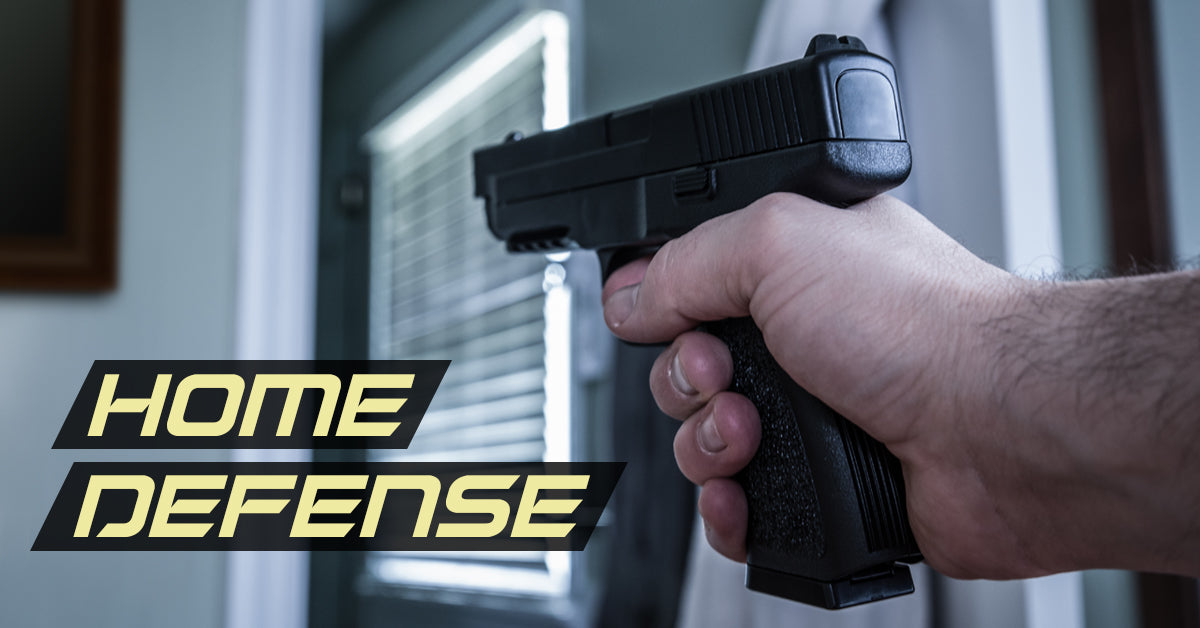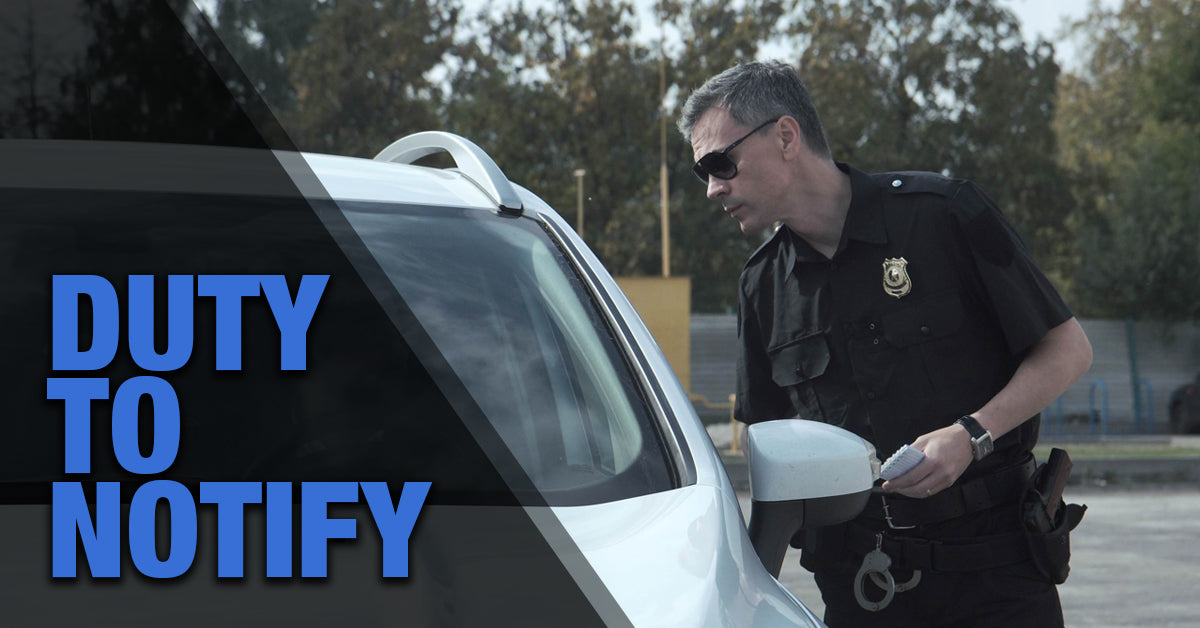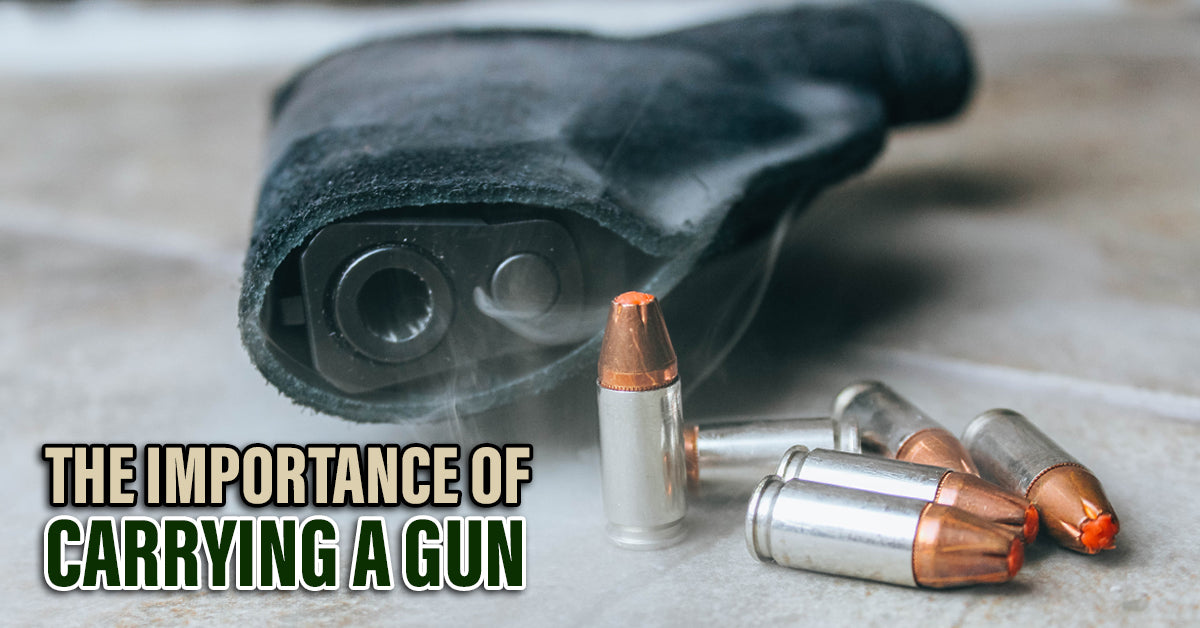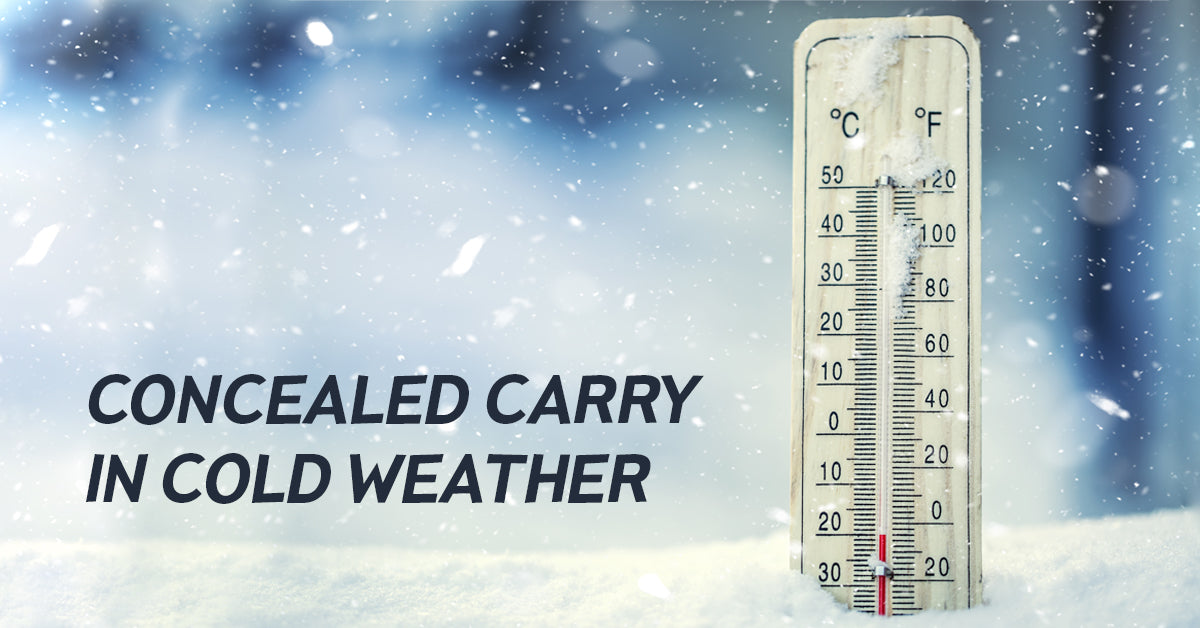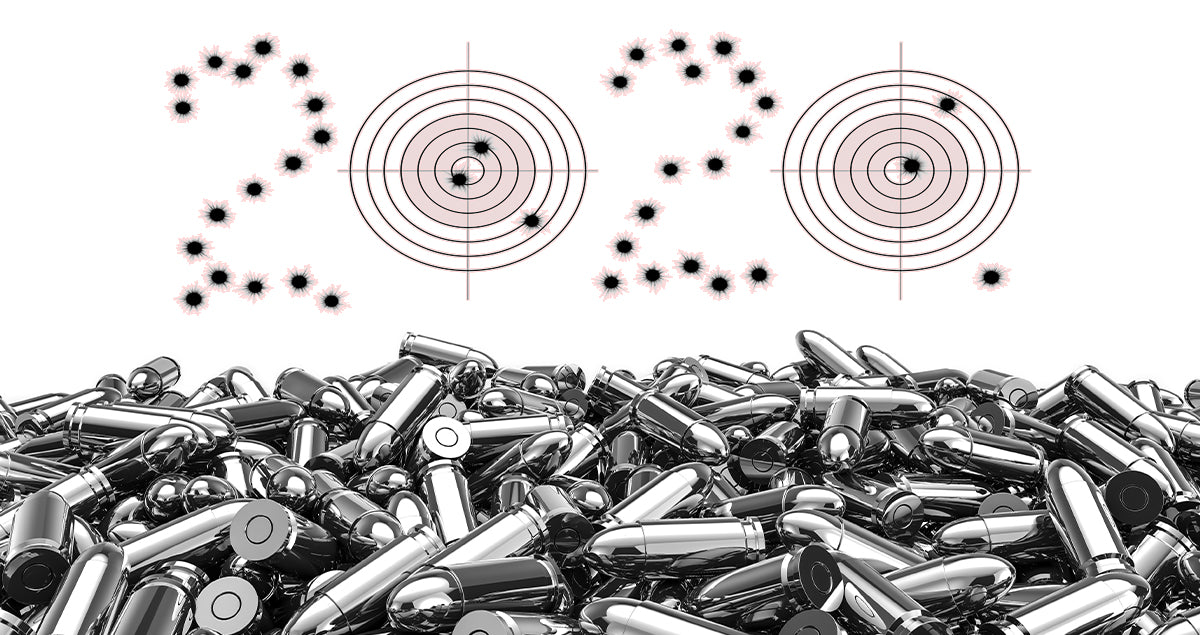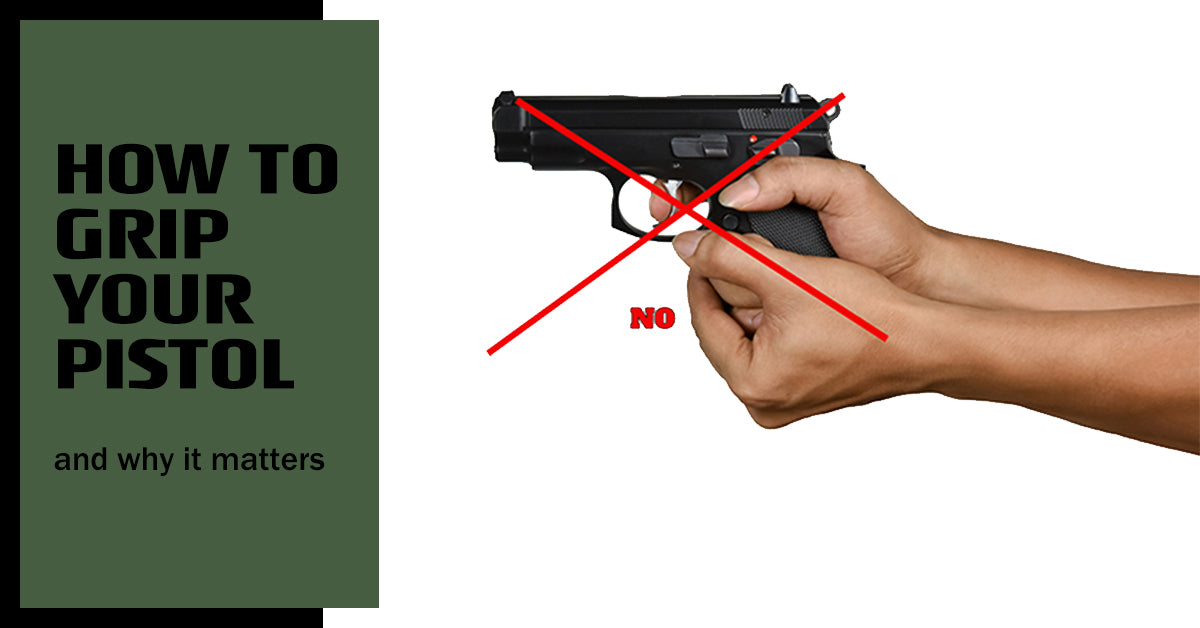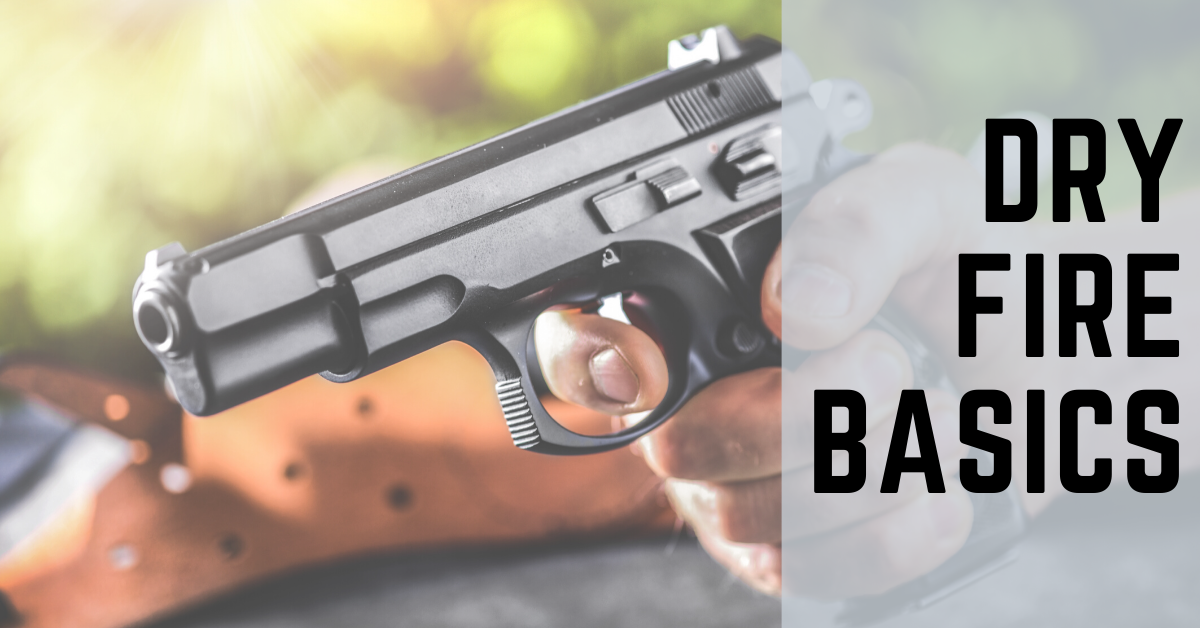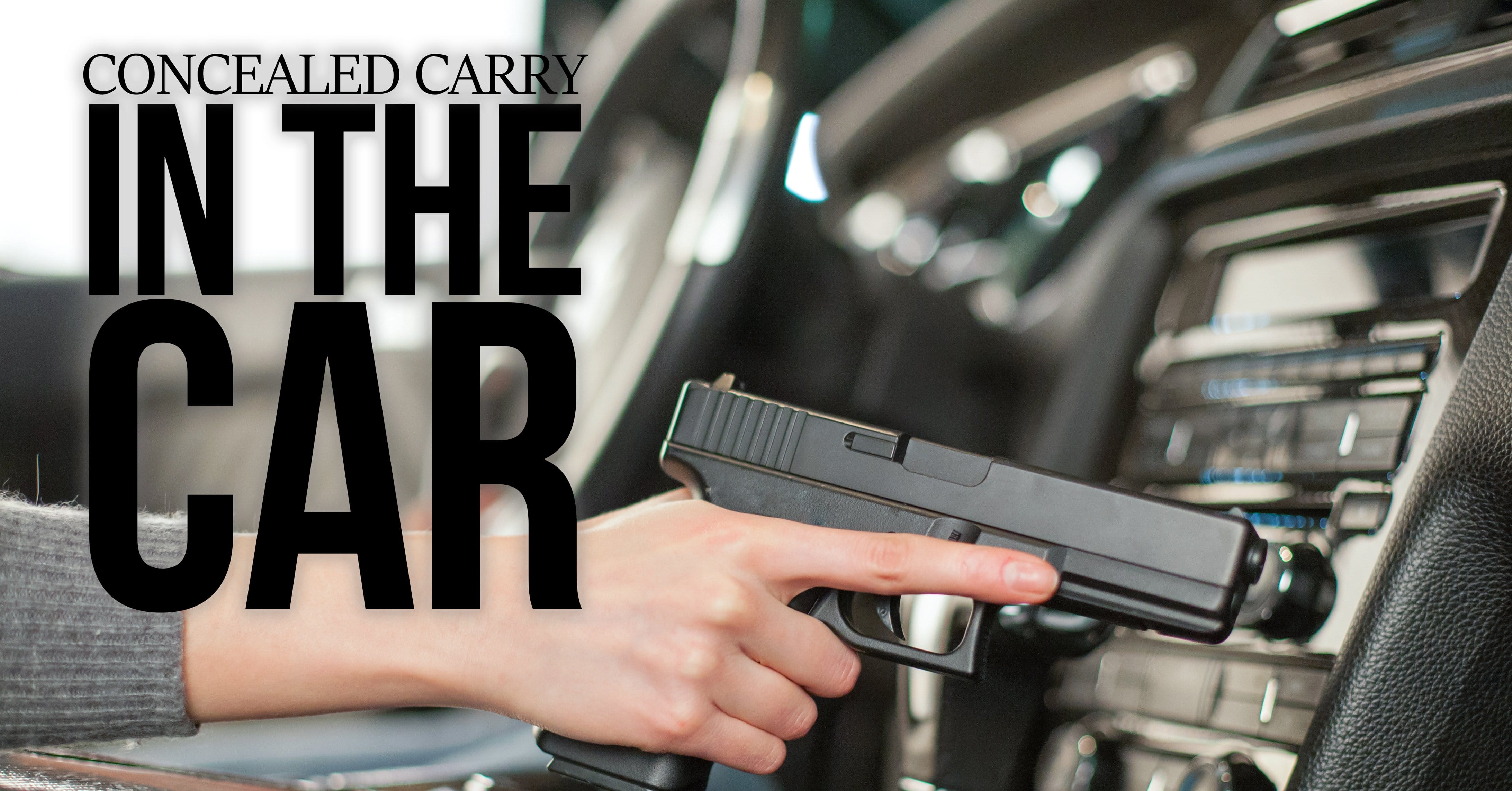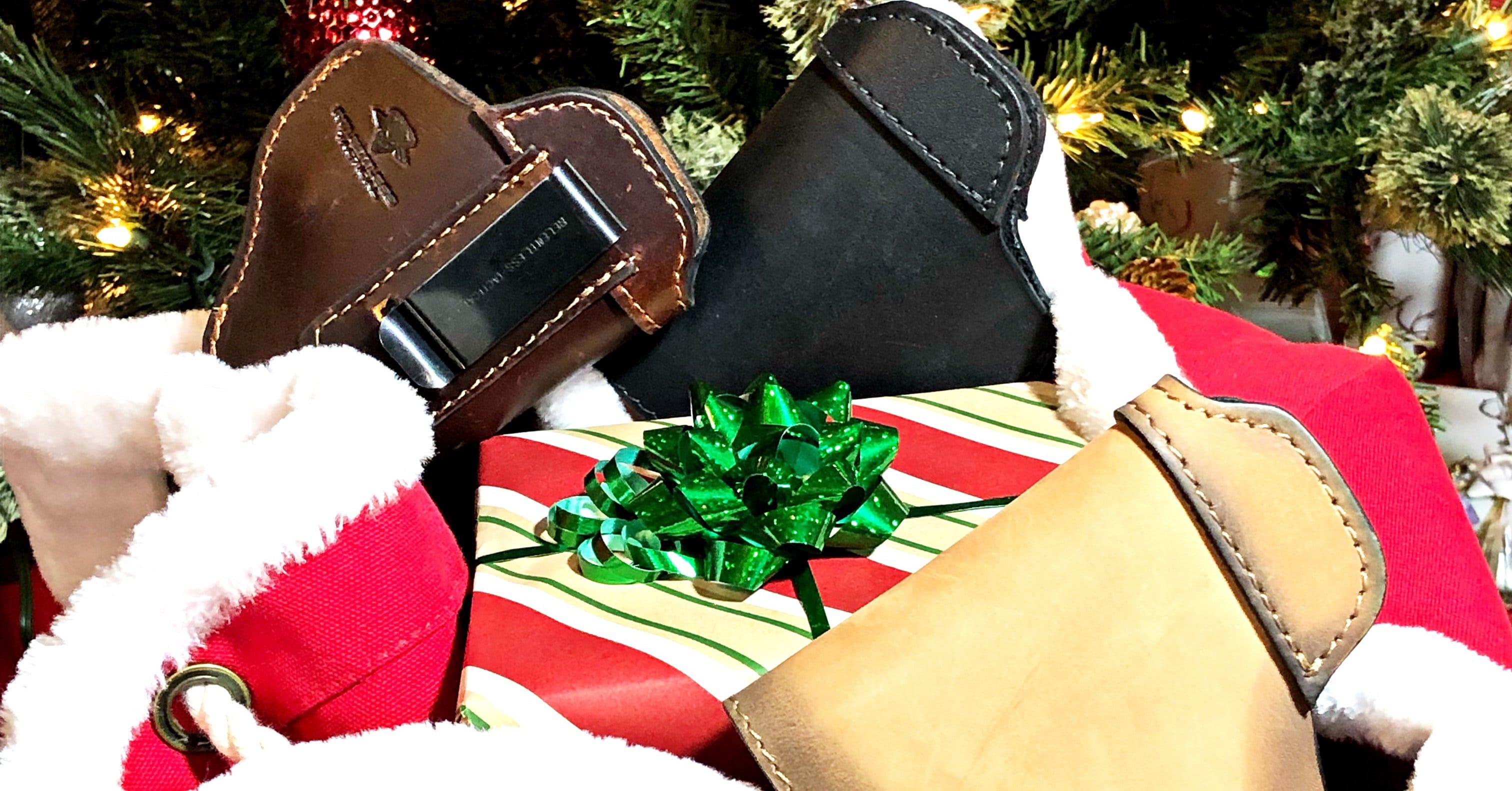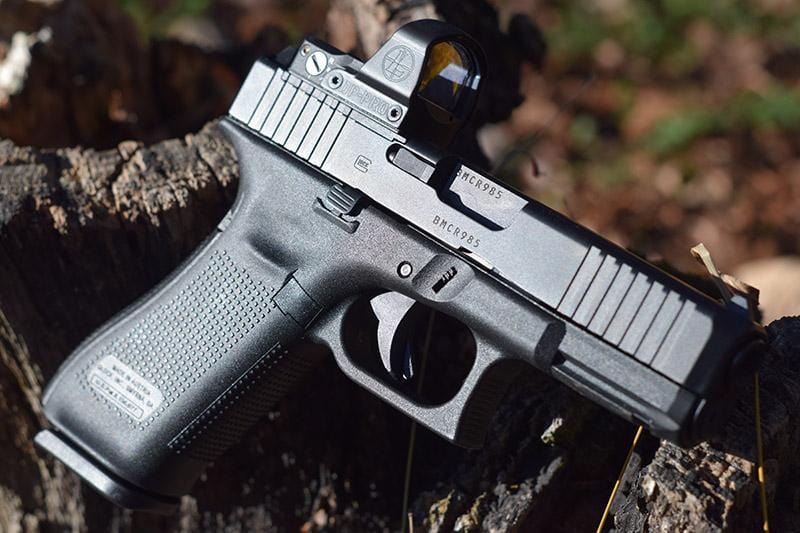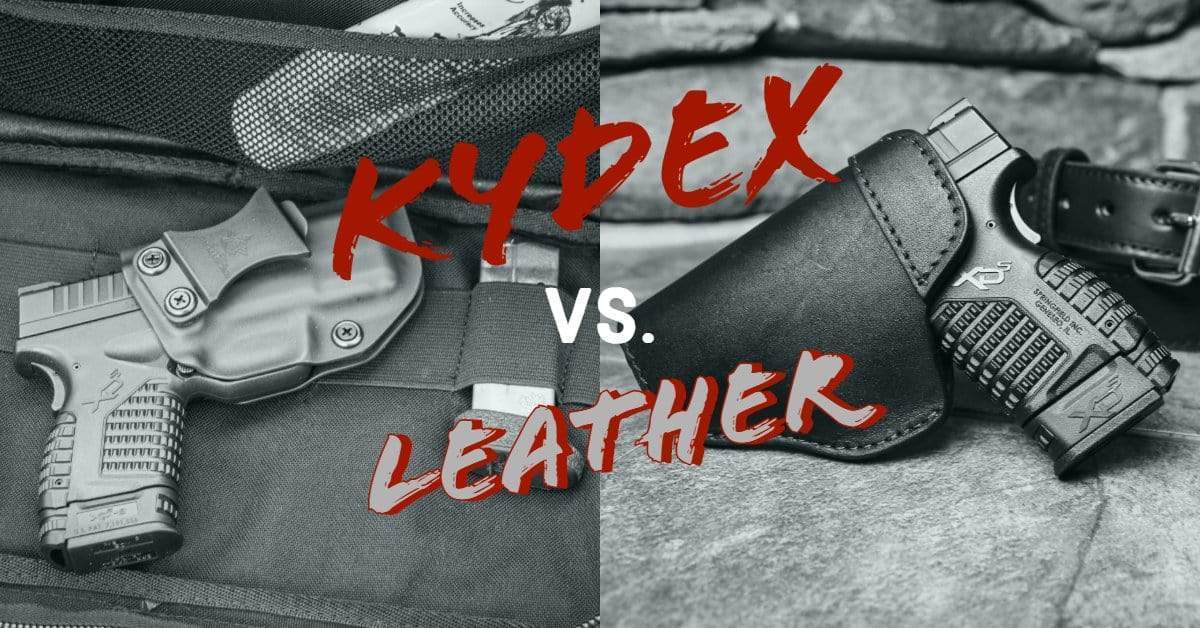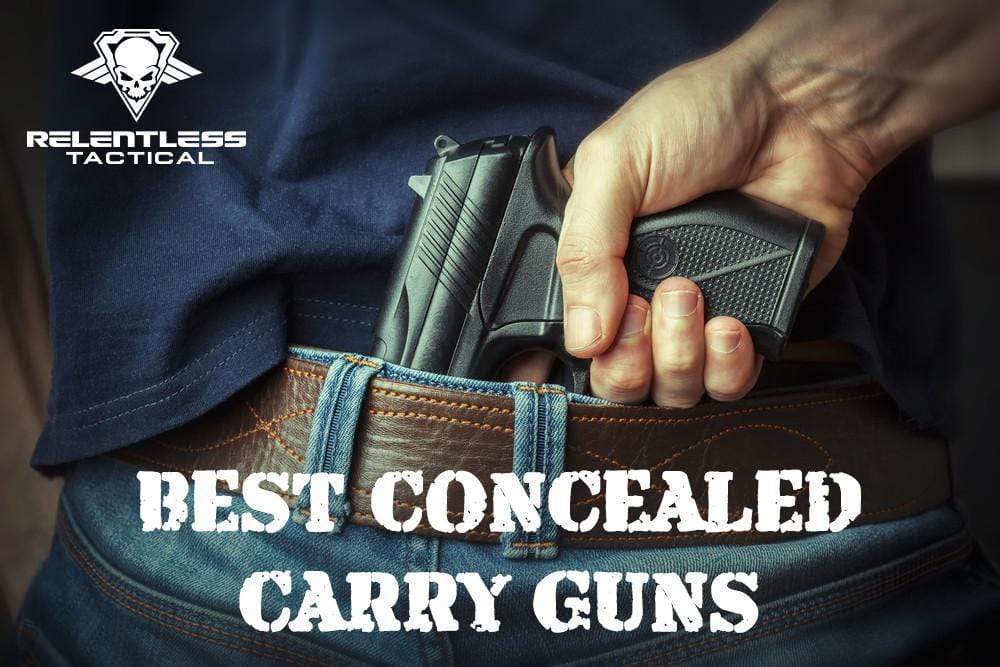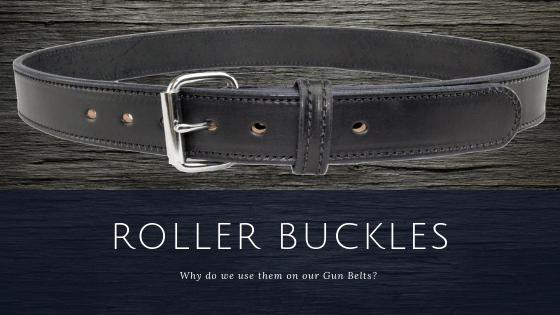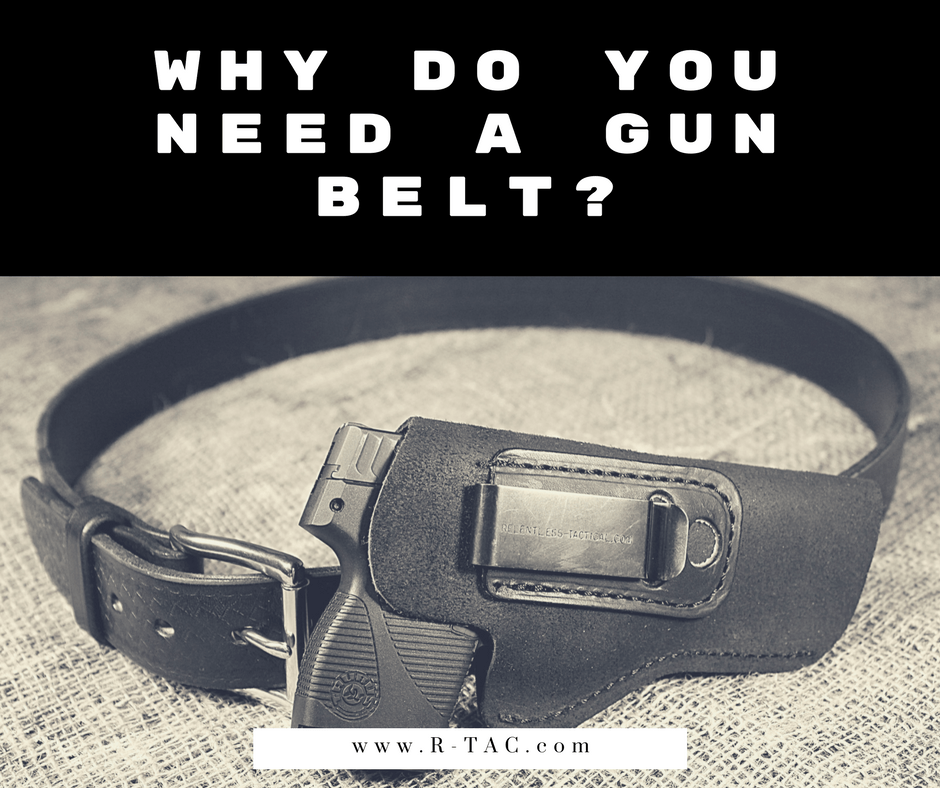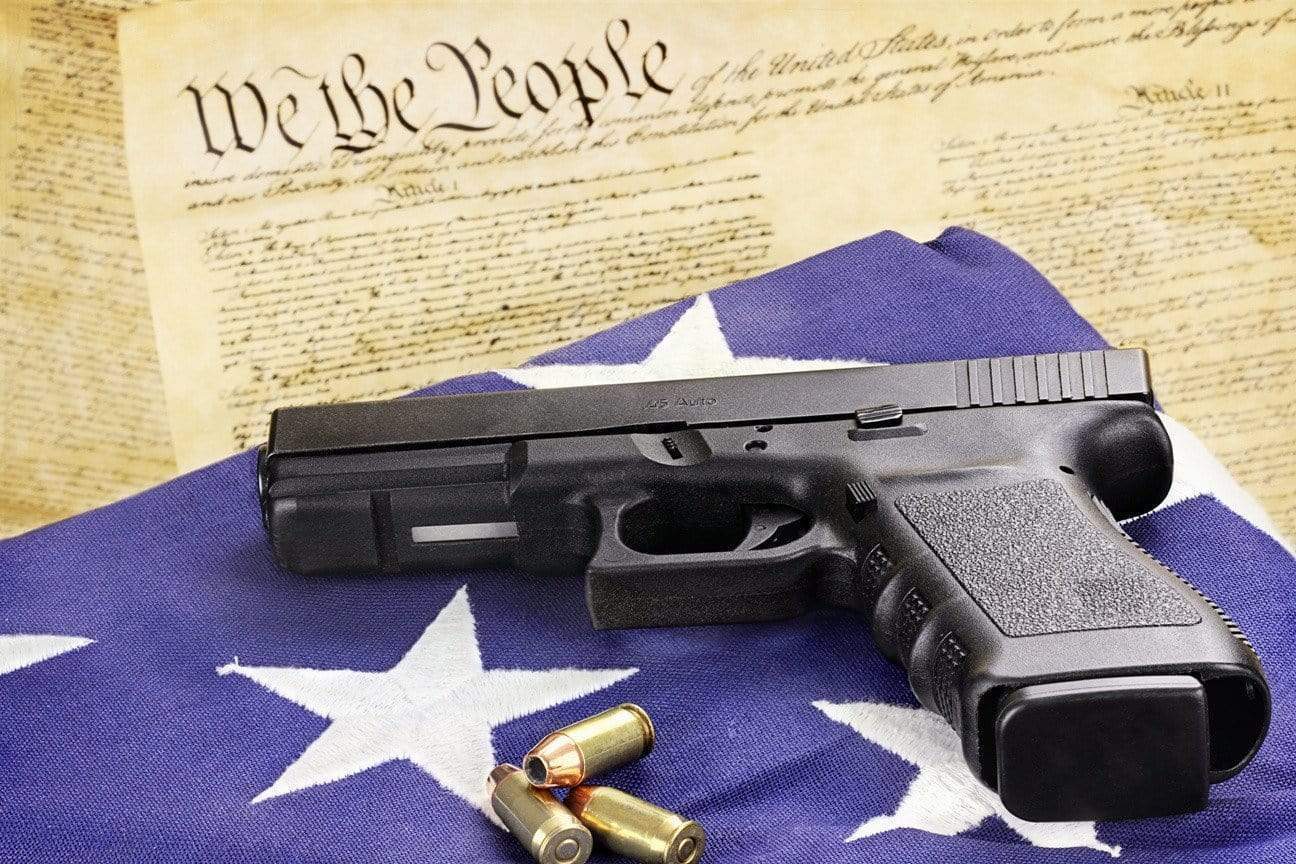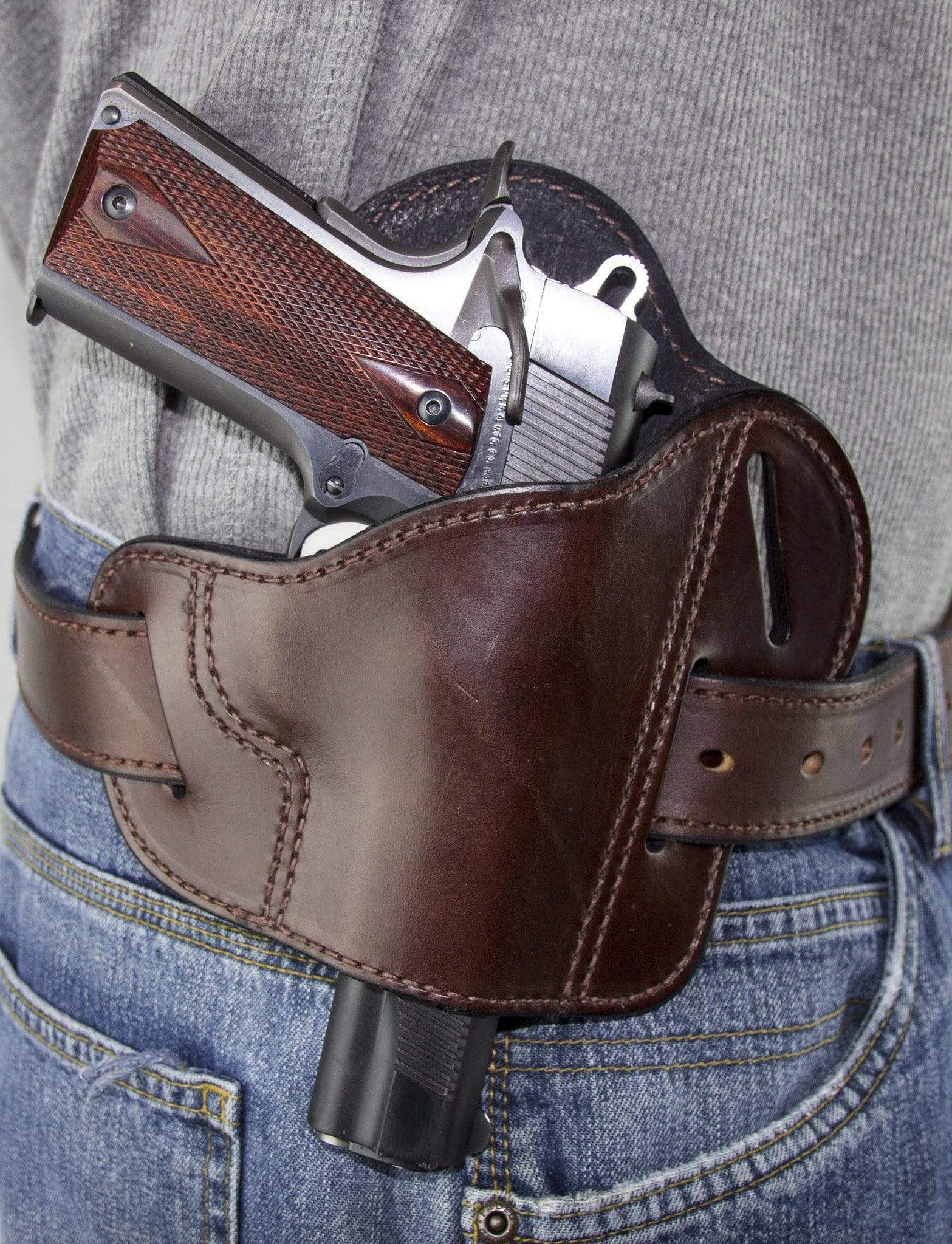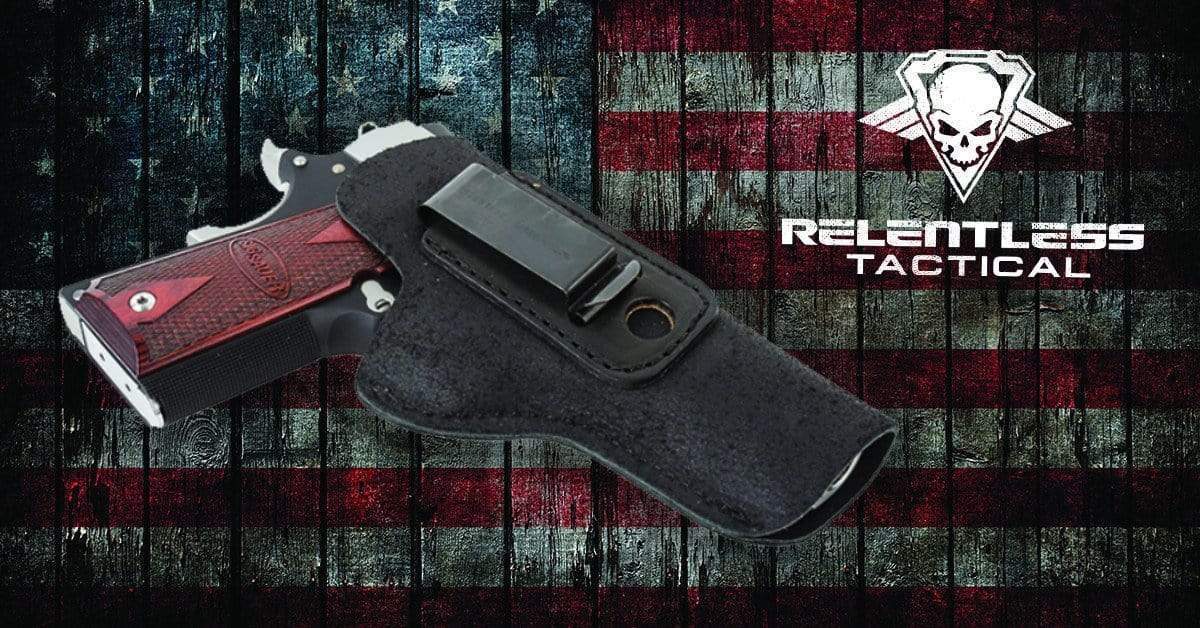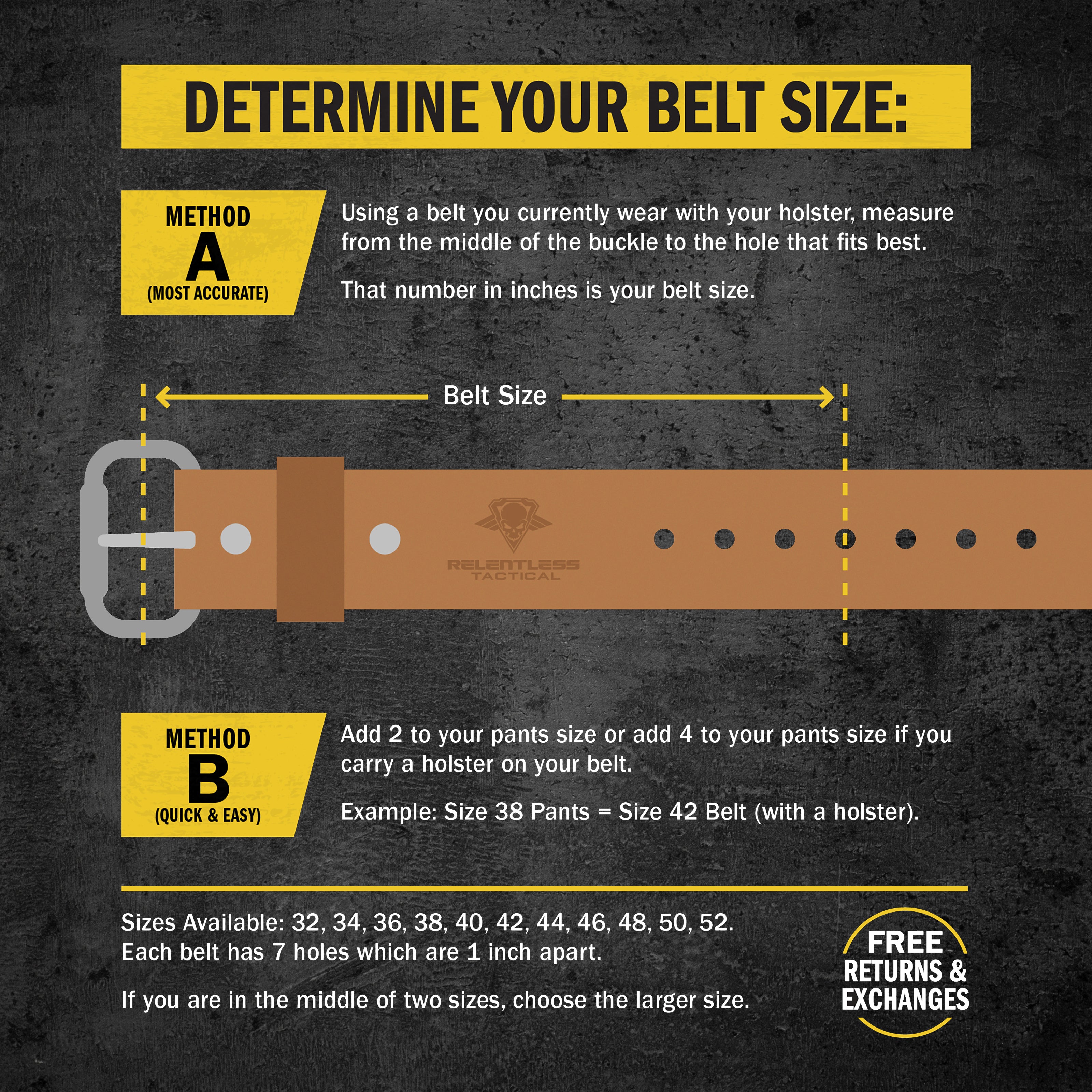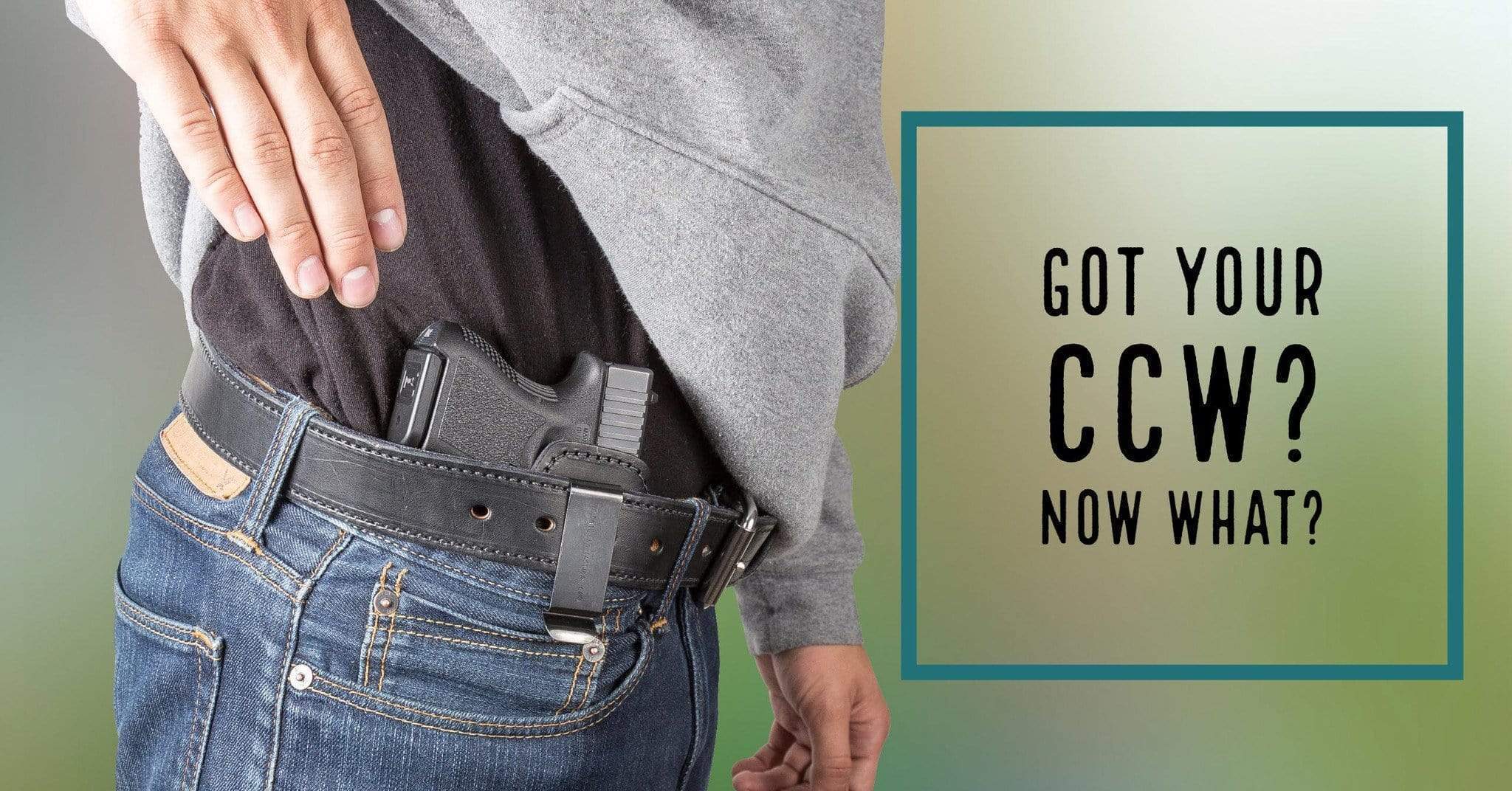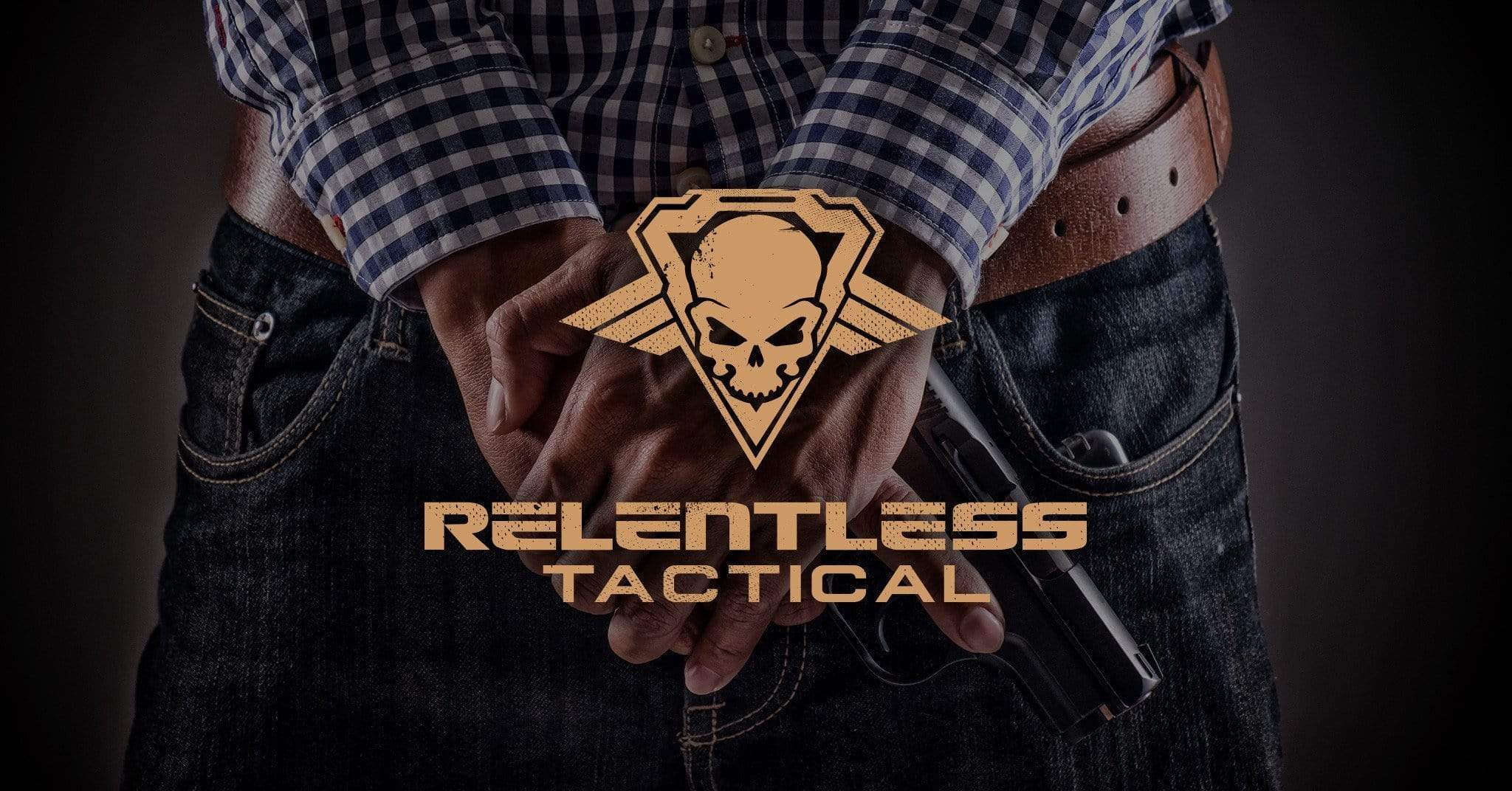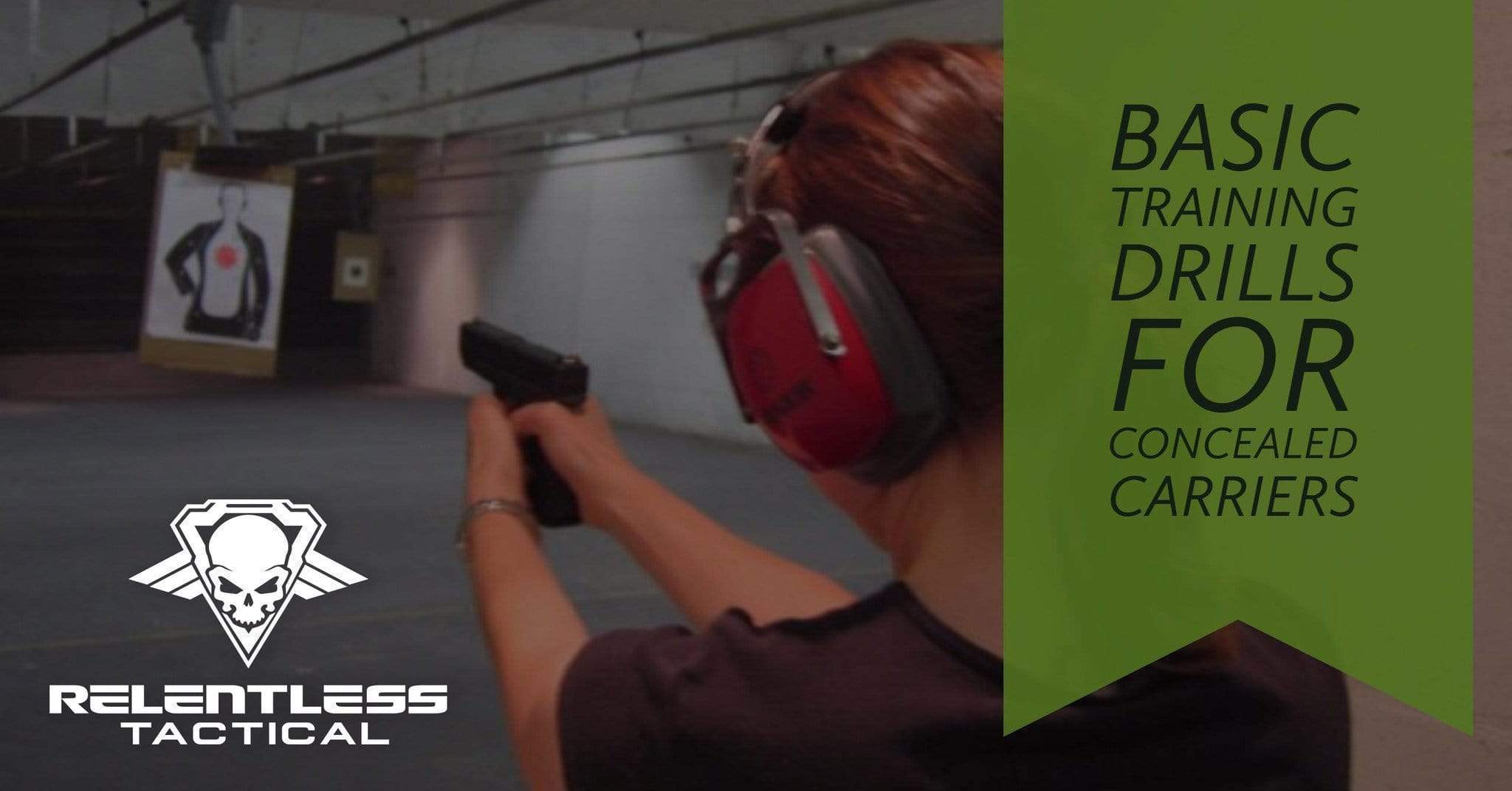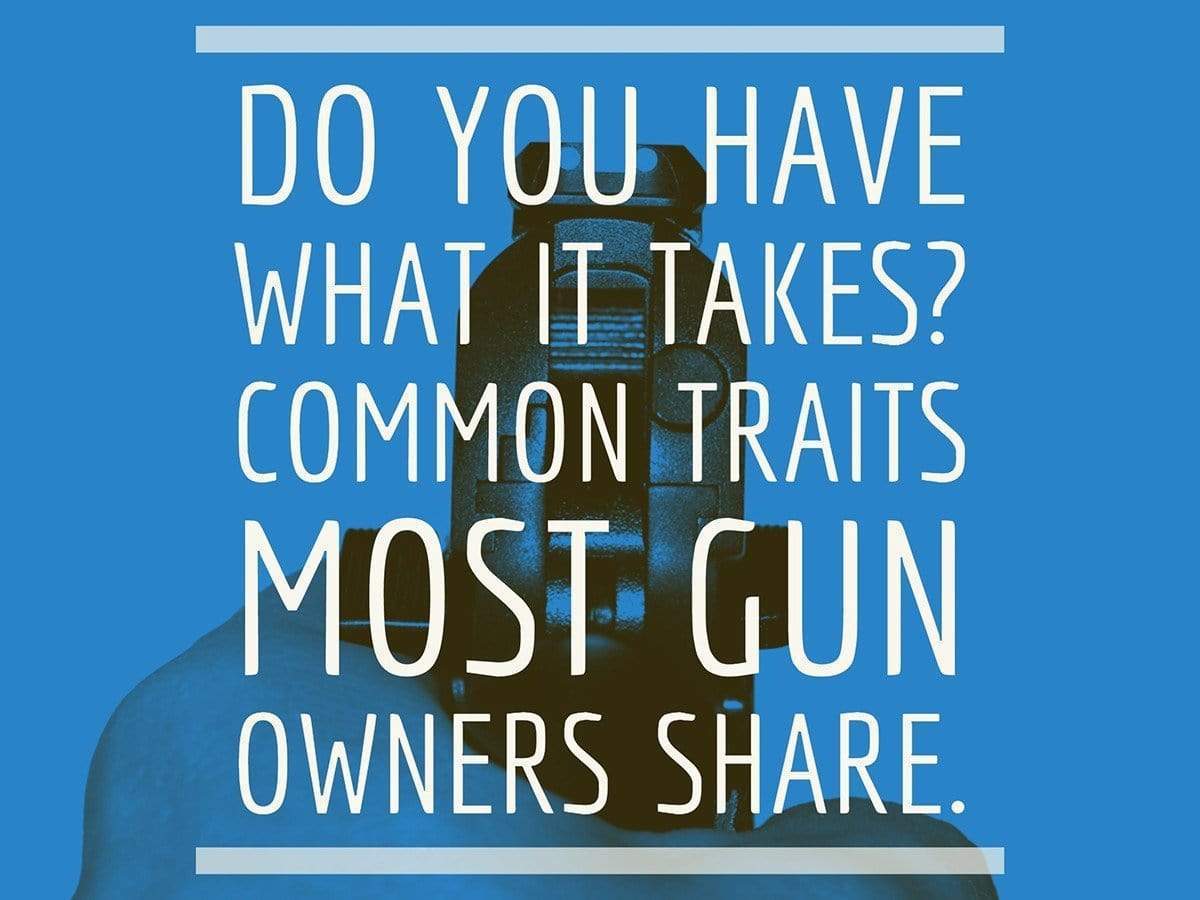9mm Luger Vs. .380 ACP
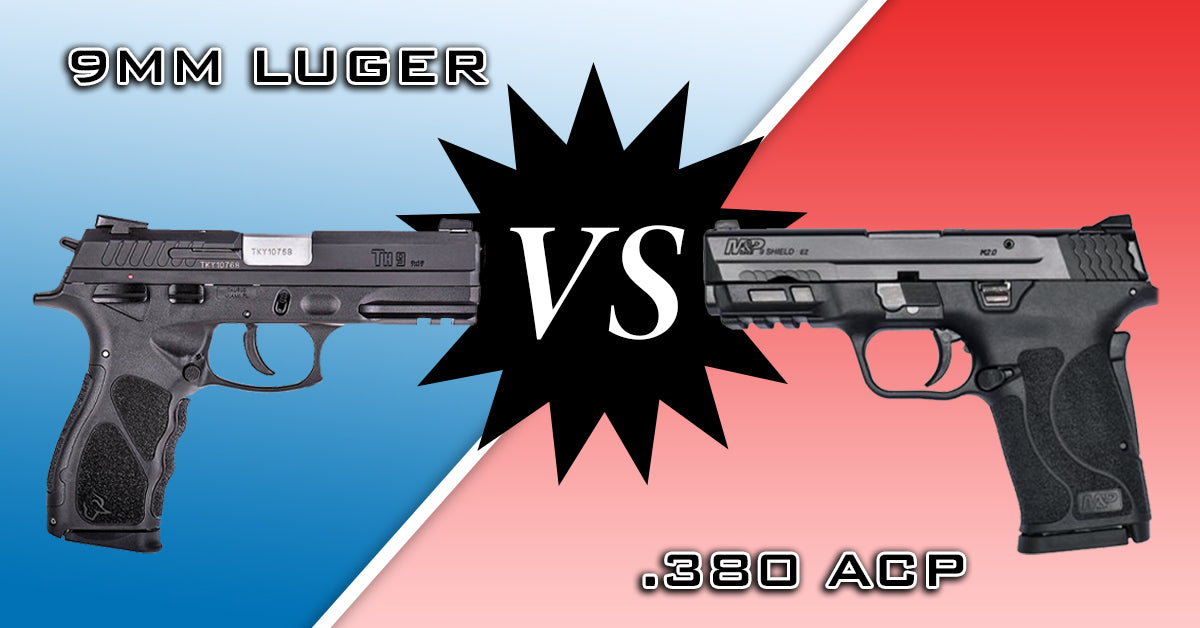
In the world of concealed carry, an often-asked question is “What is the best caliber for a concealed carry handgun?” While there are many calibers to choose from, two stand out from the pack as being very popular choices for small, lightweight, concealed carry firearms, 9mm Luger and .380 ACP.
A little bit of history…
The older of the two is the 9mm Luger, also known as the 9mm Parabellum, was designed by Georg Luger and introduced in 1902. The 9mm has been in service with much of the European armies since its inception and has been the primary handgun cartridge of the United States Military since the adoption of the Beretta M9 as the standard service sidearm in 1985. The 9mm is an outstanding cartridge for personal defense and also adapts well to use in sub-machineguns and pistol caliber carbines (PCCs).
The 9mm, while popular with European police and militaries since its inception, did not gain a lot of popularity in the US until the 1980s with the rise of the so-called “Wondernines,” which were high-capacity pistols that had magazine capacities of 15 rounds compared to 7 rounds in the 1911. 9mm handguns were adopted by many police agencies across the US and the FBI and Secret Service as well.
The 9mm fell out of favor after the Miami Shootout in 1986, as one of the perpetrators had continued to engage police for several minutes after being shot numerous times by an FBI agent’s 9mm service weapon. In 2016 the 9mm was re-adopted by the FBI after recent advancements in bullet technology has made the 9mm a significantly more effective round.
The .380 ACP is the brainchild of one of the world’s most prolific firearms designers, the esteemed John M. Browning and is also known as the 9mm Browning, 9mm Short, and 9mm Kurz. It was introduced in 1908 with the Colt 1908 Pocket Hammerless model.
The .380 became very popular with European police and military officers looking for a small, compact handgun. While it did not reach the same popularity as it’s big brother, the .380 did gain some notoriety, since an FN model 1910 in .380 ACP was used to assassinate the Archduke Ferdinand, an act that has been credited with starting World War I.
Comparison
The 9mm Parabellum is typically loaded with bullets weighing from 115 grains to 147 grains with velocities ranging from 1180 feet per second (FPS) to upwards of 1400 FPS while the .380 runs a bit lighter with bullet weights from 85 grains to 100 grains and velocity from 975 FPS to 1125 FPS. In terms of power alone the 9mm is a pretty clear-cut winner. However, power alone is no good if you can’t put it on target and the .380 with its lower recoil is easier to control, especially for inexperienced shooters or shooters who have weaker hands or arthritic joints.
Ammunition prices also give a slight edge to the 9mm with the price of FMJ ammo coming in around 12.4 cents per round as compared to 16.4 cents per round for .380 (at the time of this writing), assuming you purchase your training ammo in bulk. If you purchase your ammo by the box at your local sporting goods store or gun shop, the spread gets a bit wider as 9mm is pretty cheap to shoot and is almost always in stock due to its popularity. The .380 is a little bit pricier to purchase by the box and is not typically stocked in the same volume as its big brother.
When it comes to concealed carry handguns, sub-compacts are currently in the driver’s seat. This is where the .380 makes its mark. Most of the handguns chambered for it have been compact to subcompact for years. Handguns like the Walther PPK, Bersa Thunder, and the Beretta Cheetah while all falling into the class of subcompacts are at the larger end of the .380 spectrum. On the other end are a group of pistols that are known as pocket pistols, examples of popular .380 pocket pistols are the Ruger LCP, Taurus Spectrum, and the S&W Bodyguard.
For fans of the 1911 there are scaled down versions made by Sig Sauer, Kimber, Colt, and Springfield Armory, and for those of us that prefer polymer framed, striker fired pistols there is the Glock G42, Kahr CM380, and the Ruger LCP II.
Over the past few years manufacturers have been closing the gap with subcompact 9mms that are comparable in size with their .380 brethren. The Sig P938 for instance is only slightly larger than the P238 and the Glock G43 is comparable in dimensions with its little brother the G42. Several manufacturers have come out with 9mm subcompacts in the last couple of years that are all outstanding pistols, the Sig P365, the Ruger LC9, the Springfield Armory Hellcat, and even Mossberg (yes, the shotgun folks) has gotten into the game with the MC1sc.
While overall the .380 has the edge over the 9mm in terms of size, firearms manufacturers have been working hard to close the gap.
When it comes to recoil, again the .380 has the edge, with a less powerful cartridge and lighter bullet weights the .380 does have a milder recoil than its big brother in all but the smallest of pistols. In the larger sub-compacts, the .380 is very mild, but in comparable sized pistols the 9mm is very controllable as well due to well thought out design.
Conclusion
Either caliber would be a good choice for concealed carry, the power and effectiveness of the 9mm cartridge make it an outstanding choice for everyday carry. The .380, while not as powerful as the 9mm is still an effective cartridge as long as you remember that shot placement is the key. If a light-weight ultra-compact pistol is what you are in the market for, you have plenty to choose from in either caliber.
Check out some of our popular IWB concealed carry holsters below.
The Defender Leather IWB - Fit's Most .380's
The Defender Leather IWB - Fits Most 9mm

